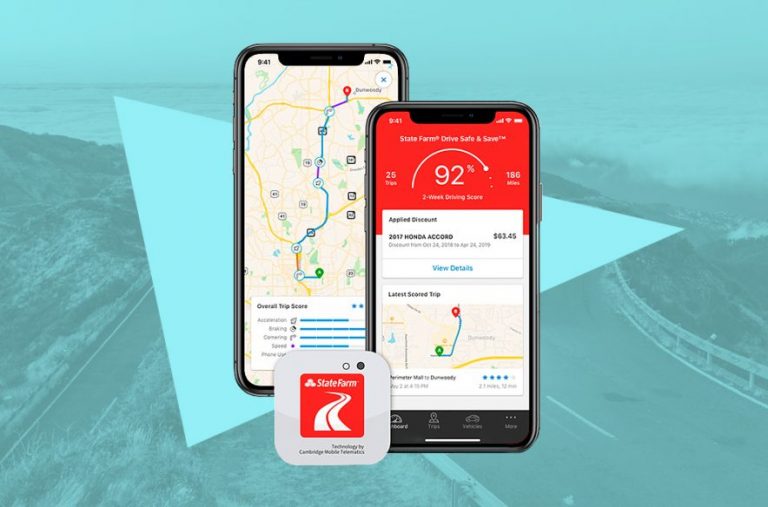Mobile banking operates in a very simple format. It allows customers to carry out their financial transactions over their mobile devices. The idea of mobile banking is extremely different from mobile payments. While the second simply involves using their mobile to make payments at the point of purchase, the first is far more versatile. The first format of this form of banking was SMS banking. However, with the creation of smart phones in 1999 many banks in Europe started to use these phones to provide their clients with mobile services.
Until 2010, most of these mobile services were still offered only via SMS. Then there was a major breakthrough when the iPhone was released in the market. With it came the creation of special client programs and apps, which moved from the iOS system to the Android services as well. A number of these apps have also been tailor made to handle the needs of banks and financial institutions. Recent studies show that almost a third of all financial institutions now have mobile device detection on their main website. These links direct customers to app stores that are created to handle mobile banking.
India has not been left behind in this developing format. Considering the fact that almost every Indian now owns a mobile phone, and more importantly that data packages for these devices are so affordable, most Indian banks have tapped into this arena. Mobile banking in India has grown year on year since 2010. All the major banks now offer a number of services for their customers on their mobile devices. They receive mini bank statements on the status of their accounts. They get mobile alerts whenever there is any activity in terms of debits or credits. It even allows them to access their credit card and loan information with incredible ease.
These banks are now even looking at avenues to grow based on the constant access they have to their clients through mobile banking. They are looking for new ways in which to keep their clients constantly updated as to the latest products they have to offer and also to provide easier methods for dealing with the daily financial needs they may have. Another avenue that banks are looking at is to use these devices to conduct video conferences with their clients. Marketers feel that banks can even generate brand recognition among the younger generations by creating games or social network applications for mobile devices.
However, with all the advantages that it provides, mobile banking in India, also suffers from a major fault, security. Phones can be stolen easily and through it, accounts can be accessed. Also, with digital banking, most data is transferred digitally where there is always a possibility of it being observed by unnecessary parties as it moves from one server to another. Banks in India must tackle this security issue, if they wish to make mobile banking bigger.










+ There are no comments
Add yours